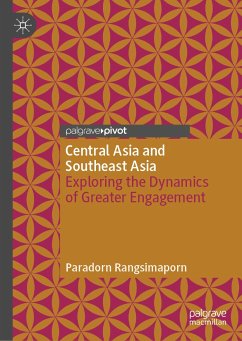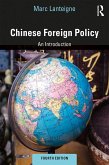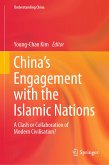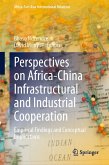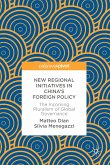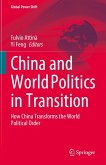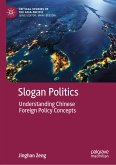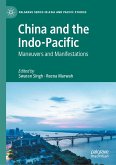"This book "offers the first comprehensive and systematic account of Central Asia's growing relationship with Southeast Asia...The book will be of great value for scholars and practitioners alike.""
-Assel Bitabarova, Senior Lecturer in International Relations, KAZGUU University, Nur-Sultan, Kazakhstan
"This book makes a valuable contribution to our understanding both of relations between Central and Southeast Asia and of the broader study of regionalism...it will attract a wide readership."
-Dr. Nigel Gould-Davies, Senior Fellow for Russia and Eurasia, International Institute for Strategic Studies, London, United Kingdom
"This is a timely and well-researched monograph with thought-provoking takeaways on the oft-neglected topic of ASEAN-Central Asia relations."
-Dr. Jittipat Poonkham, Associate Professor of International Relations and Associate Dean for International Affairs, Faculty of Political Science, Thammasat University, Bangkok, Thailand
"A must-read book for all those studying foreign policy of Central Asia!"
-Dr. Kemel Toktomushev, Senior Research Fellow and Assistant Professor, University of Central Asia, Bishkek, Kyrgyz Republic
Dieser Download kann aus rechtlichen Gründen nur mit Rechnungsadresse in A, B, BG, CY, CZ, D, DK, EW, E, FIN, F, GR, HR, H, IRL, I, LT, L, LR, M, NL, PL, P, R, S, SLO, SK ausgeliefert werden.

